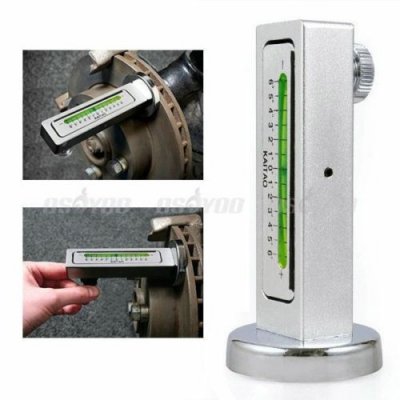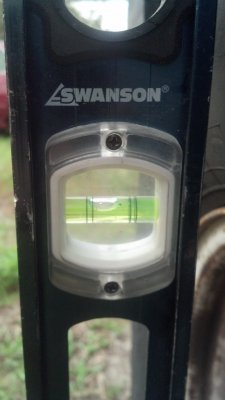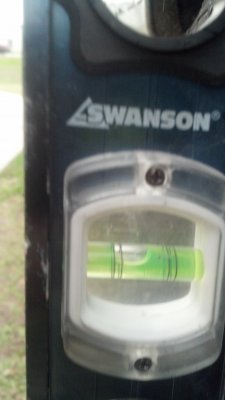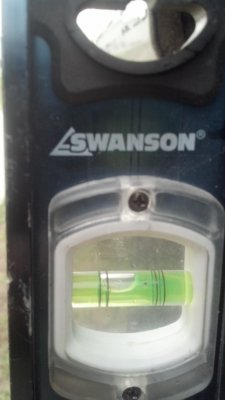Ok basically, I'm just about ready to do a complete rebuild of the suspension, including ball joints, steering components as well as the bushings, bearing and races, brakes and flush, you know, overhaul the bottom end without going into the gear cases. That is for a later time...
I don't like alignment shops doing the alignment on my truck because they will cheat me on the camber and just say "it's within range"...
I know this because my front wheels has the bulldog stance ( / \ ) and for a while, I thought it looked really cool...
But it's ruining my tires on the insides and the left side now leans in a little more at the top than the right side does and it's starting to look retarded...
So, I intend on doing the alignment myself.
For me, toe in is easy with a tape measure, camber is just a little trickier but the caster might be out of my league.
What castor - camber gauge do you like to use and do you have any pointers for someone who is fairly competent mechanically?
Thanks in advance, you guys are really the best and the reason I ask questions on this forum!
I don't like alignment shops doing the alignment on my truck because they will cheat me on the camber and just say "it's within range"...

I know this because my front wheels has the bulldog stance ( / \ ) and for a while, I thought it looked really cool...
But it's ruining my tires on the insides and the left side now leans in a little more at the top than the right side does and it's starting to look retarded...
So, I intend on doing the alignment myself.
For me, toe in is easy with a tape measure, camber is just a little trickier but the caster might be out of my league.
What castor - camber gauge do you like to use and do you have any pointers for someone who is fairly competent mechanically?
Thanks in advance, you guys are really the best and the reason I ask questions on this forum!










